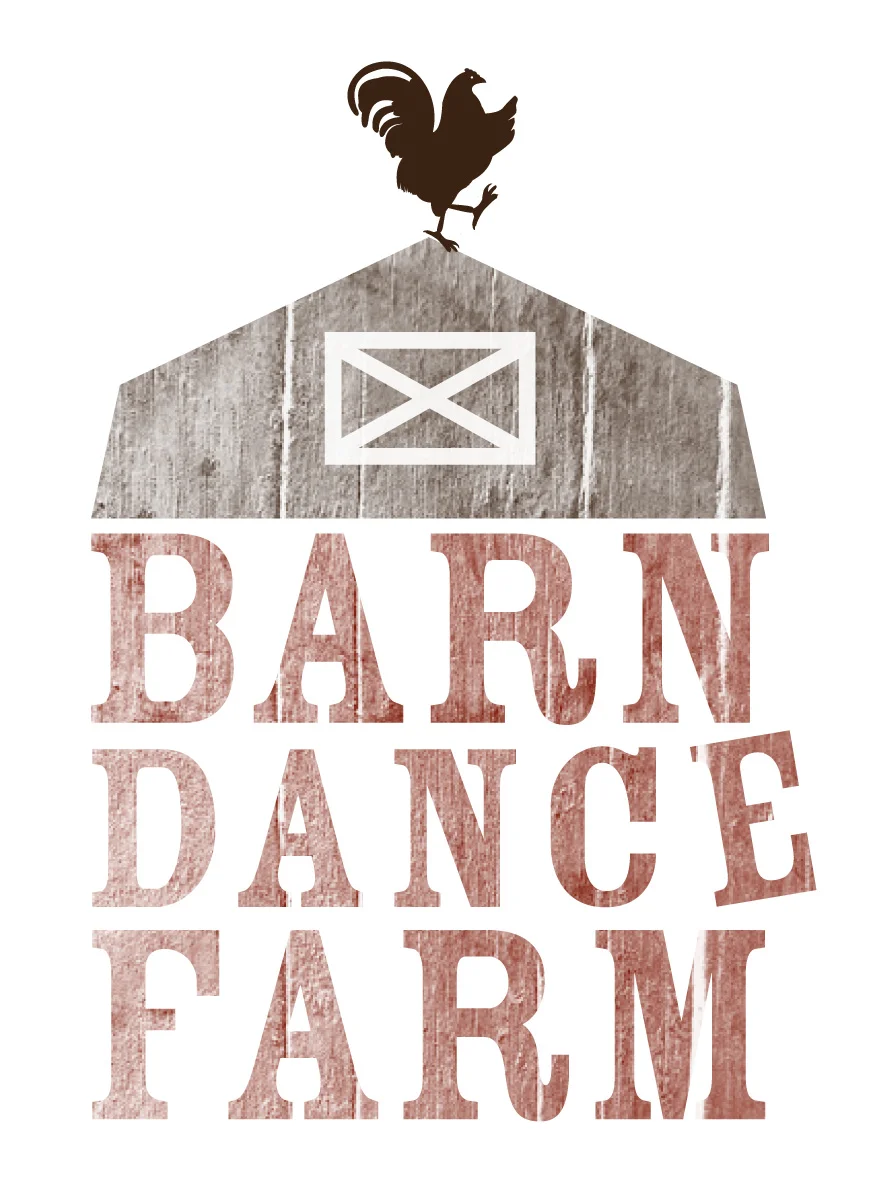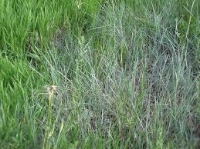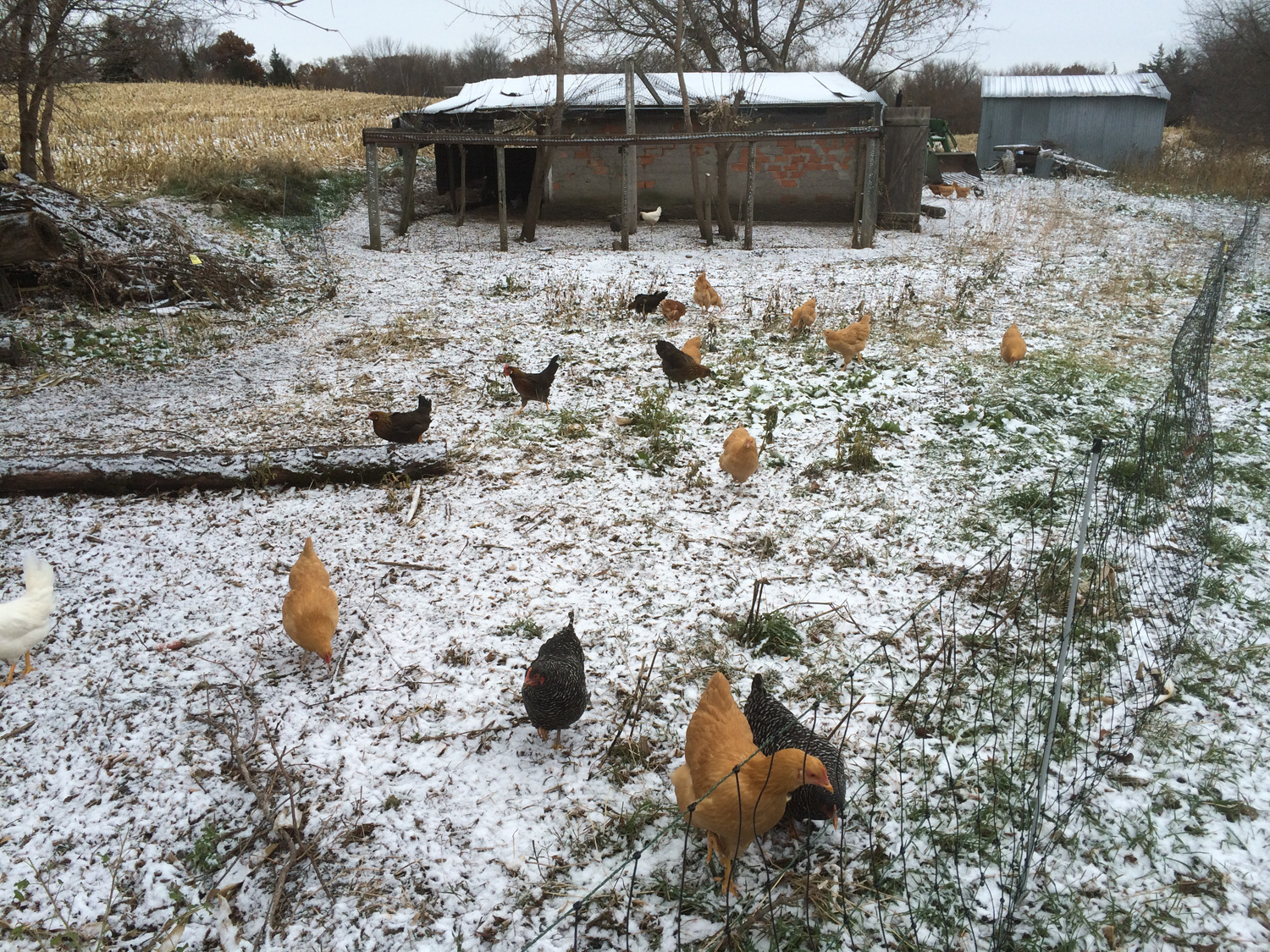A Dirty Job at Barn Dance Farm
Am I:
A. Testing personal protection equipment for a doomsday scenario
B. Cleaning our front yard after two dogs have spent the winter using it as their bathroom
C. Freshening up the chicken coop
I'm sure you guessed it, C is the correct answer. The chicken coop was getting a little ripe with our little bit of warmer weather. This was our first winter with the chickens and I suspect they spent more time inside than they will in future winters. Spending more time inside the coop meant that they were depositing all their composting gold in there as opposed to outside on the ground.
The average chicken will create about 8-10 pounds of manure per month. After some quick math I realized that, with 52 chickens, I have a lot of manure. The great part is that the manure plus the straw bedding will create wonderful organic manner. It has a perfect mixture of carbon and nitrogen that will be the start of an excellent garden once it has composted for a bit.
And, here is the big pile of compost. During the cold winter, there was no smell inside the coop, but as soon as the warm weather began, you could smell the ammonia. I knew I didn't like it and I'm sure the chickens didn't care for it either. They now have a clean coop that smells like fresh straw. They are also now depositing their composting gold all around the grass and dirt outside.
On a different note, I recently heard that Barn Dance Farm has been accepted into a cost sharing program through the Scott County Soil and Water District. I am finalizing our seed plan and the planting process and will post the plan when I'm done.

























